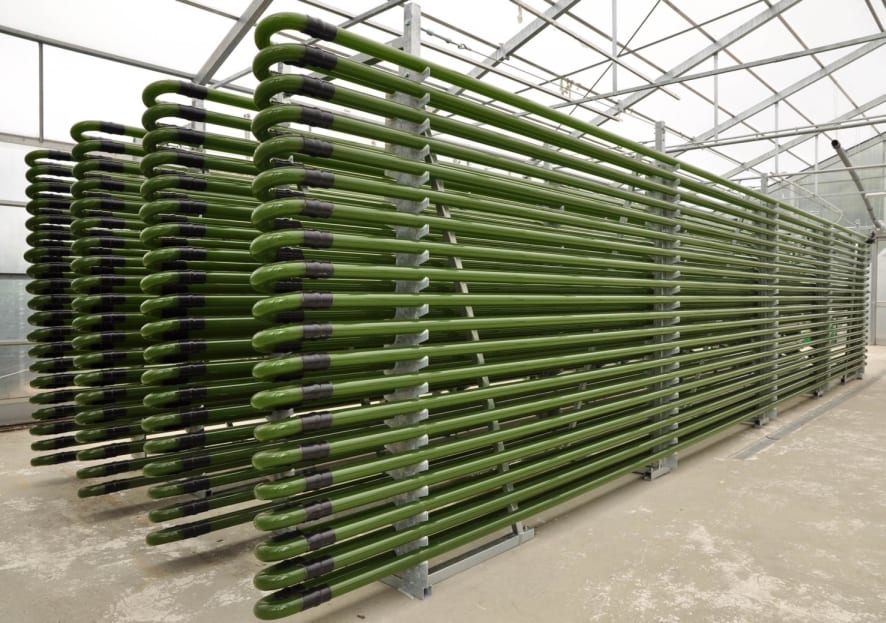Fossil fuels are ingrained in American history. If you have ever driven a car, flown in an airplane, or heated your home, you have used fossil fuels. These fuels (coal, oil and natural gas) account for 85% of fuel use in the United States, and our dependence on them has become an increasingly important issue.
Burning fossil fuels has wreaked havoc on the US over many years, with the most pressing problems being air and water pollution leading to human health problems, land damage from coal mining, and of course climate change. For years, many scientists, engineers and politicians have been looking to expand the use of clean energy sources, which do not produce a net increase of carbon into the atmosphere, while decreasing dependence on fossil fuels to lessen human impact on climate change.
Everyone has heard of solar panels, wind turbines and even hydropower, but few are aware that there are many other ways to produce clean energy. One of these exciting, efficient alternatives to burning fossil fuels is to use algae as fuel!
Replacing traditional fossil fuels with algal oil is beneficial because algae recycle the carbon that already exists in the atmosphere via photosynthesis. Now compare this process with burning fossil fuels. We must first extract the oil from underground, and then by using it we emit carbon into the atmosphere that was once locked in the ground, so we are adding unnecessary carbon that is contributing to the heating of our planet.

There are many great reasons to use algae as biofuel. Algae can be grown virtually anywhere there is water and sunlight; no soil required! It thrives in any kind of water – dirty, salty or fresh – and can even be grown in wastewater and agricultural runoff. Clearly it is easy to grow algae, but what makes it a good energy source?
When grown in sunlight, algae can double in mass several times a day. This exponential growth is attributed to how the algae photosynthesize organic matter from carbon dioxide and other nutrients in the water in which it is grown. Additionally, about half of the mass of algae is comprised of lipids (natural oils), so each day half of the mass of the algae produced can be extracted and used either directly as algal crude or refined to fuel aircrafts.
So how does the process actually work?
It begins with selecting the method of algae growth. The algae can be grown in ponds, but sometimes layers of scum on top of the pond can prevent sunlight from reaching the algae below, hindering their growth. For this reason, engineers have created photobioreactors, which are closed, transparent structures that are exposed to light. These structures are designed to maximize photosynthesis by slowly circulating the algae with carbon dioxide and other nutrients enclosed. Once it is ready for harvest, the algae must be dried, and then the oil can be extracted. From there, the leftover residue can be used as a high-protein feed for livestock. That way, none of the algae is going to waste.
With this system in place, one can produce 100,000 gallons per acre per year of algal oil. Compare this with the statistics for corn and soybeans, 30 and 50 gallons per acre per year respectively, and you will see why algal oil is a solid choice for an alternative energy source. This is because algae's main advantage over other plants is its photosynthetic efficiency, which is due to at least two billion years of evolutionary perfection of the process.

Ultimately, biofuel options such as algal oil could replace terrestrial fuel crops and fossil fuels. Algal oil is non-toxic, biodegradable, carbon-neutral, and more productive than traditional energy options. However, there are still a few problems that must be addressed. The main challenges with this process are scaling up the technology to be used commercially, extracting the oil in large quantities, and cost efficiency.
If utilized on larger scales in the future, using extracted algal oil for fuel will decrease humans' carbon dioxide production in the atmosphere, and then we will be one step closer in putting an end to our contributions to climate change.
 Paige Copenhaver is an undergraduate studying Physics and Astronomy at the University of Georgia. When she is not building satellites, she can be found playing ukulele or reading Lord of the Rings. Paige also serves on the programming board of Athens Science Café. You can email her at pac25136@uga.edu or follow her on twitter: @p_copenhaver. More from Paige Copenhaver. Paige Copenhaver is an undergraduate studying Physics and Astronomy at the University of Georgia. When she is not building satellites, she can be found playing ukulele or reading Lord of the Rings. Paige also serves on the programming board of Athens Science Café. You can email her at pac25136@uga.edu or follow her on twitter: @p_copenhaver. More from Paige Copenhaver. |
About the Author
- athenssciencecafehttps://athensscienceobserver.com/author/athenssciencecafe/April 17, 2020
- athenssciencecafehttps://athensscienceobserver.com/author/athenssciencecafe/April 12, 2020
- athenssciencecafehttps://athensscienceobserver.com/author/athenssciencecafe/April 3, 2020
- athenssciencecafehttps://athensscienceobserver.com/author/athenssciencecafe/March 30, 2020







